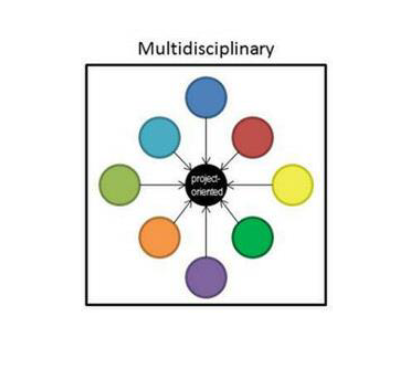Boosting Tourism Resilience Through Enhanced Disaster Mitigation:A Case Study of Batu City
Keywords:
Tourism, Policy, Disaster, Collaboration developmentAbstract
As one of the leading tourist destinations in East Java, Kota Batu faces significant challenges due to the abundance of tourist attractions that are vulnerable to disaster damage. This places the tourism sector, which is the backbone of the local economy, in need of special attention in policy planning. This study adopts a comprehensive approach, combining policy analysis, spatial analysis using Geographic Information Systems (GIS), and public perception research. Through this approach, the study identifies the most disaster-prone tourist areas and assesses the gap between policy planning and on-the-ground implementation. The research findings indicate that, although Kota Batu has a disaster management policy framework in place, its implementation still faces various challenges. Factors hindering the success of this policy include inadequate inter-agency coordination, limited competent human resources, minimal budget allocation, and low participation from the community and tourism industry stakeholders in disaster mitigation and adaptation processes. Furthermore, the significant economic reliance on the tourism sector means that any disruption caused by disasters has a significant impact on the welfare of the local community. This study also highlights the importance of better integration between the tourism sector and disaster mitigation policies. Stakeholders in the tourism sector, including the government, tourism operators, and the community, need to collaborate in enhancing the resilience of tourist areas through the development of adaptive infrastructure, strengthening the capacity of local human resources, and introducing more effective early warning systems. Increasing awareness of disaster risks among tourists is also a crucial element in maintaining the sustainability of tourism in Kota Batu. The conclusion of this research suggests that stronger collaboration between the tourism sector and disaster management is essential for maintaining economic and environmental sustainability in Kota Batu. The findings and insights from this study can serve as a guide for local governments in designing and implementing more effective disaster management policies, especially in areas that rely heavily on the tourism sector.

